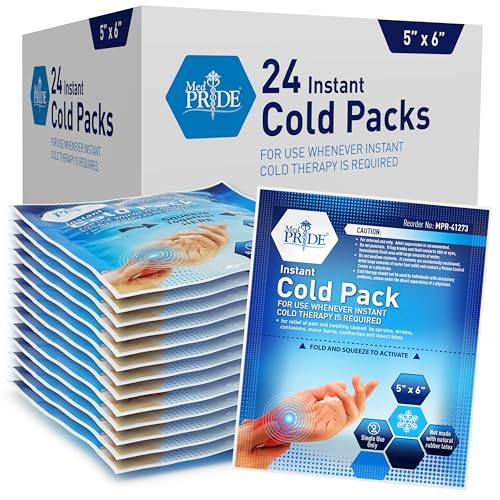How to make an emergency home cooling kit – 7 must-have items doctors and survivalists urge households to have on hand for extreme heat events
Know what to do, even if the power goes out


There has never been a better time to make an emergency home cooling kit, with summers getting hotter as the years go by.
Now, with a heat dome event threatening most of the US, it is more important than ever to have the right tools you need to stay cool, even if the power goes out.
Here, emergency preppers and medical professionals have revealed the seven essentials you should have in an emergency home cooling kit to help you handle extreme heat at home safely.
How to make an emergency home cooling kit
Getting your home emergency ready can help to keep you and your family safe and healthy in any crisis. Although some summer sun might not sound all that bad, extremely high temperatures can pose a health risk (and that’s besides all the ways the summer heat can damage your home).
To stay safe in heatwaves, experts recommend keeping the following at home:
1. Battery-powered fans

Adjusting ceiling fans to run counter-clockwise can help you feel cooler.
Even if you have AC in your home, it is always a good idea to have the best fans as a backup to help you stay cool if the power goes out.
Uma Darji, MD of family medicine, shares, ‘As a family medicine doctor, I always remind my patients that extreme heat can be more dangerous than we think, especially for young kids, older adults, and people with chronic health conditions. Having a home cooling kit ready can literally save lives during a heat emergency.
Design expertise in your inbox – from inspiring decorating ideas and beautiful celebrity homes to practical gardening advice and shopping round-ups.
‘My top picks for a home cooling kit include battery-powered or rechargeable fans. A lot of parents have small versions of these for their kids’ strollers. Just get some bigger ones and have some extra batteries on hand for them as well. Fans can make a huge difference when the AC is out and can magnify cooling when paired with damp towels, ice packs, or misting spray bottles.’
This twin pack of refillable misting spray bottles from Walmart is perfect for cooling down, as one press of the trigger releases a long blast of misty droplets.
Understanding how to cool a room with fans correctly can also make a huge difference if you are left without AC during peak temperatures.
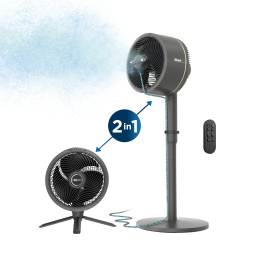
In our Shark FlexBreeze review, we gave this chagrable, portable fan five stars. It can last up to 24 hours on a single charge, and can be used all over the home, both inside and out.
2. Electrolyte drinks
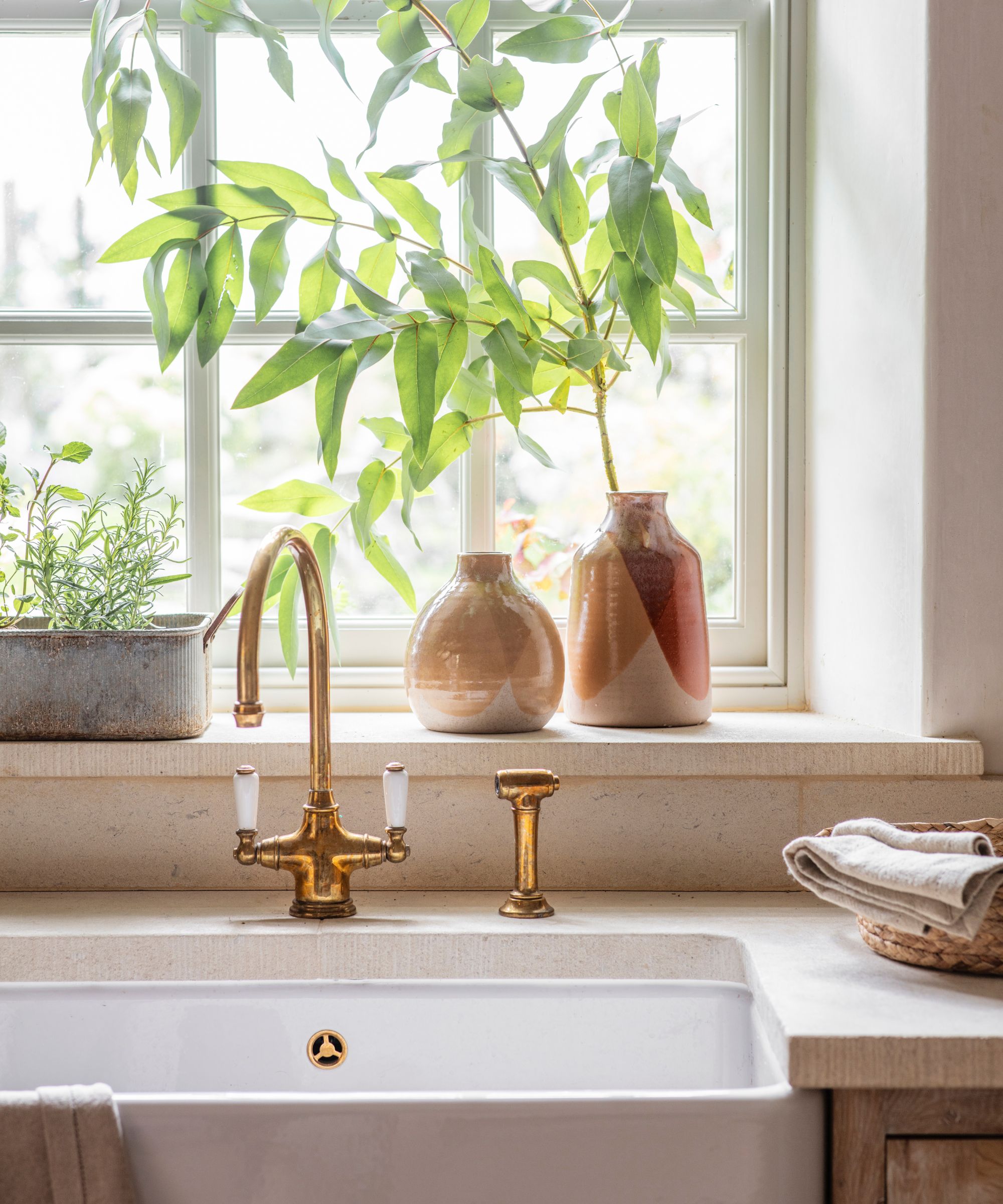
Electrolyte drinks can help to keep you energized when you are sweating.
Neglecting hydration is one of the worst things to do in a heatwave. Uma continues, ‘Hydration is always key in the heat, so keeping some electrolyte solutions or hydration powders in your kit is also crucial. When we sweat, we are losing water and electrolytes, which are needed to keep our organs, muscles, and nerves working properly.’
The Ultima Replenisher Electrolyte Powder from Walmart is a great choice, as it has a long shelf life and can be mixed with normal water for ages eight and above. It is also wise to have some bottles of water ready, in case extreme heat weather events lead to drought and water shortages.
As with packing a DIY hurricane preparedness kit, it is wise to have around one gallon of water per person, per day. The top-rated Reliance Products 7-Gallon Aqua-Trainer from Amazon holds a one-week supply of water for one person and has a built-in spigot for easy dispensing.
3. Cooling vests

If you still have power, freeze vests and ice packs to help cool your body temperature.
One of the best ways to stay cool at home is to cool your body, not just the air around it. Jeremy Gocke, army veteran, survivalist, and CEO of Entropy Survival, says, ‘We have a couple of phase change cooling vests on hand; we bought them for our sons' high school soccer training, which overlaps the hot part of the season.’
A phase change cooling vest, available at Amazon, holds ice packs, usually frozen in the freezer ahead of time, to help keep the core body cool for up to three hours. For powercut situations, you can use an evaporative cooling vest, also from Amazon, which you soak in cold water for a few minutes before wearing to help keep you cool for several hours.
If the power goes out, avoid opening your fridge and freezer as that will help it retain the cool temperature for a while.
4. Chemical ice packs
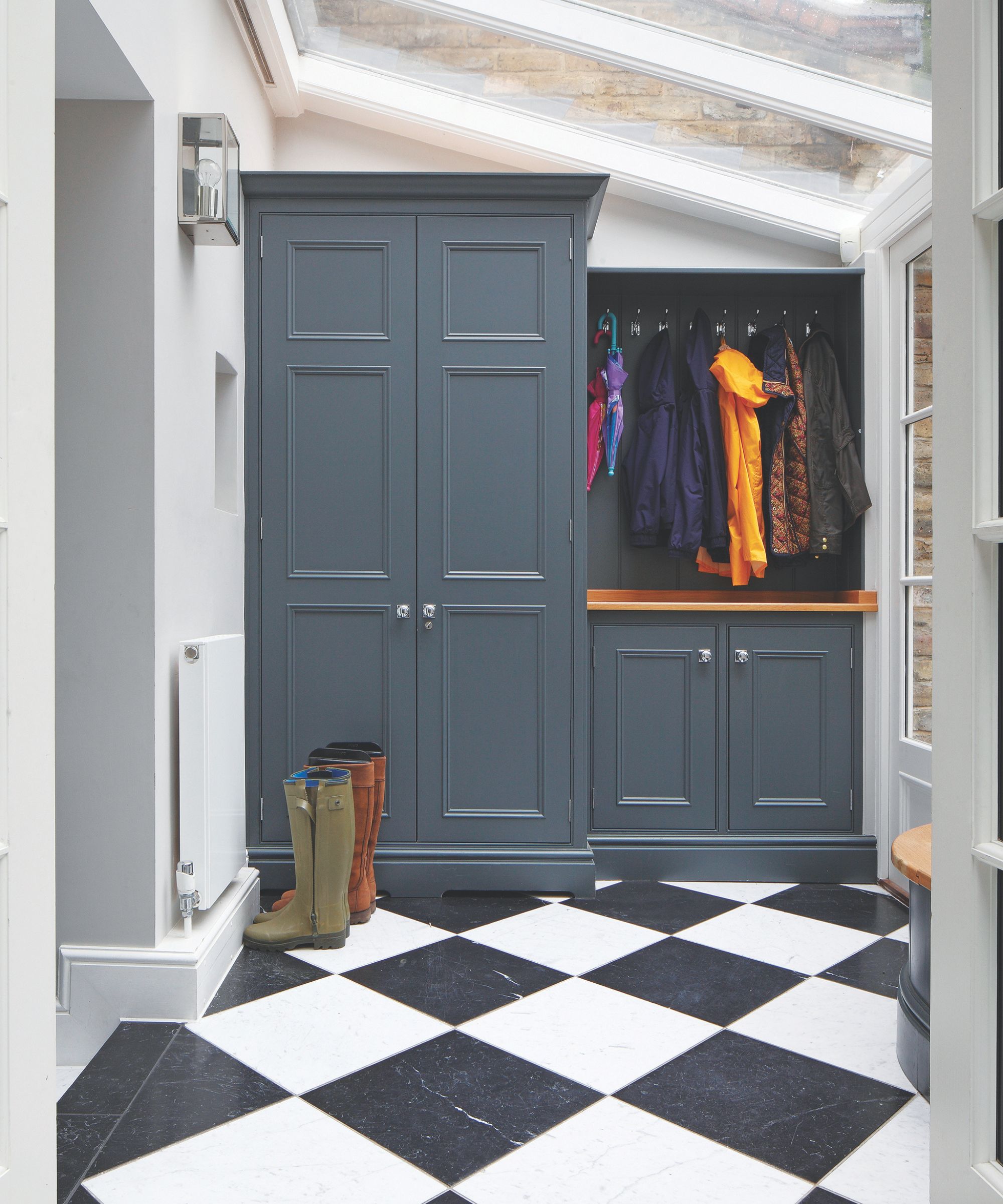
Instant ice packs are a great addition to your first aid kits, kept in entryways or mud rooms for easy access.
Chemical or instant ice packs, available at Target, are a fantastic, affordable cooling product to beat the heat and do not need a freezer, making them a great emergency item to have on hand in either cooling kits or first aid kits.
To use them, you pop an internal packet, usually by hitting the ice pack very hard, allowing a chemical reaction that instantly cools the pack. They are single-use, but perfect if you do not have access to a working freezer.
Uma explains, ‘Emergency chemical ice packs are also great to quickly cool down when overheated, and as mentioned before, towels when soaked in water and placed on your body can help bring body temperatures down.
5. Thermal blankets
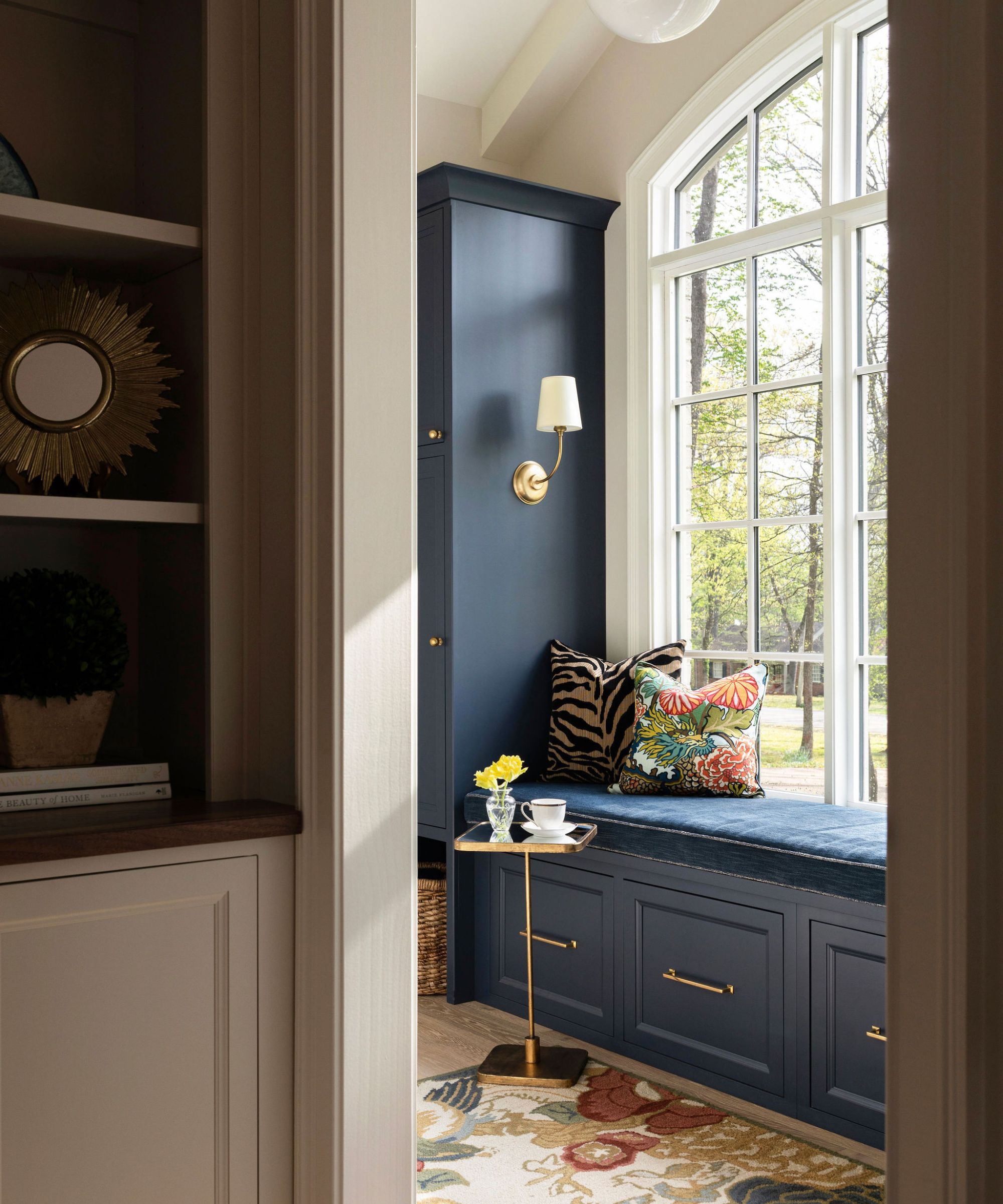
Stopping sun and heat from entering your home in the first place will make your home instantly cooler.
This might sound strange when the goal is to stay cool. However, Uma shares, ‘If you lose power, it’s critical to block out heat as much as possible. Close curtains and blinds to keep the sun out, avoid using heat-producing appliances, and move to the lowest level of your home where it tends to be cooler.
'People usually hesitate when I ask them to include emergency thermal blankets [available from Walmart] in their summer kits, but they are great to put on a window to keep heat out and block out sunlight.’
Head of Solved, Punteha van Terheyden used travel blackout blinds from Amazon made for traveling with children, which suction onto windows without any need for installation and found them to be immensely effective.
6. Loose-fitting clothes
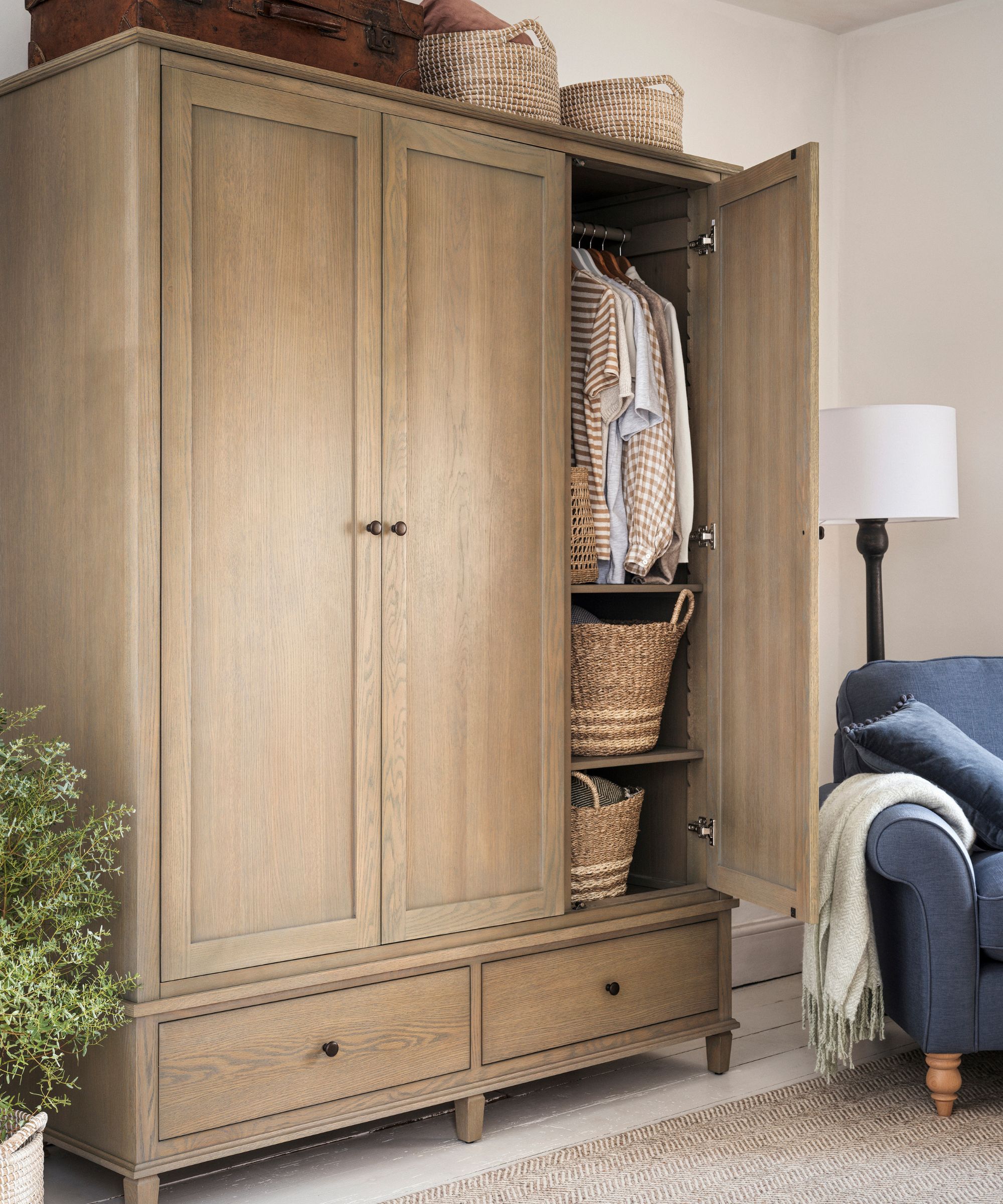
Light fitting, natural fibre clothes will help you to feel cooler and prevent overheating.
In very high temperatures, your body needs to breathe to allow sweat to evaporate. Uma suggests, ‘always wear loose-fitting clothes during these situations.’
When organizing a dresser and picking out your most suitable hot-weather clothing, opt for natural, breathable fabrics such as cotton and linen for the best chance of staying cool.
Avoid materials such as polyester, which can trap heat against the body and make you feel hotter.
The same applies to your bedding. Using the best cooling bedding will help you sleep better at night during a heat dome event or prolonged heatwave.
7. A back-up power unit and mini-AC
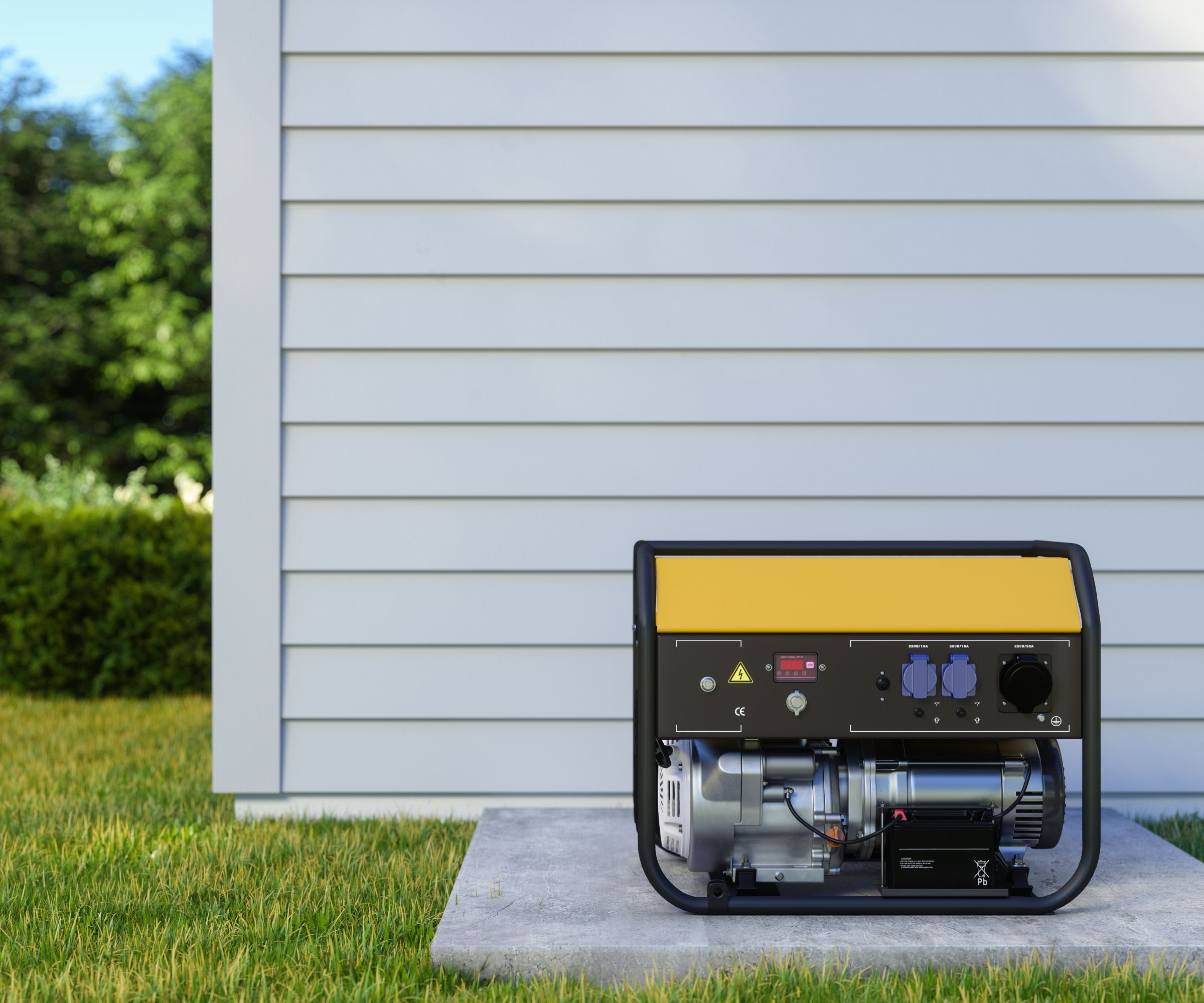
Extreme heat can cause grid power outages.
There are several reasons why a backup battery can be vital in a power outage, and in a heatwave, it can keep your AC, freezer, or fans going to keep you at a comfortable and safe temperature.
If you do not have time to hook up a generator to your home, Jeremy shares, ‘In the way of a backup power unit, we have a Jackery power unit, from Walmart, and GoalZero portable batteries, from Amazon, to charge smaller items.
‘With that, we have a standby mini-AC Unit – the Toshiba 8000 BTU portable, available at The Home Depot – that will quickly cool a large room if needed.’
FAQs
What is a heat dome?
A heat dome, also known as a heat wave, is a weather phenomenon where heat lingers over a region for several days or weeks at a time. It is the result of high atmospheric pressure that causes warm air to be pushed to the surface, trapping it there. The result is very high temperatures, high humidity, droughts, and wildfires.
Meet the experts

Dr. Uma Darji has been a family medicine physician for over a decade, specializing in preventive medicine, wellness and disease management.

Jeremy is an army veteran and survivalist with real-world experience in preparedness and resilience. Entropy Survival began in 2024 with a simple mission to make practical preparedness easier for real people.
Uma concludes, ‘In a heat emergency, prevention is key. Stay hydrated, check on vulnerable neighbors, and know the signs of heat exhaustion early, such as dizziness, nausea, or heavy sweating.’
With these severe weather events happening more frequently throughout all seasons of the year, it is also worth brushing up on ways to future-proof your home against extreme weather, too.

Chiana has been at Homes & Gardens for two years and is our resident 'queen' of non-toxic living. She spends most of her time producing content for the Solved section of the website, helping readers get the most out of their homes through clever decluttering, cleaning, and tidying tips. She was named one of Fixr's top home improvement journalists in 2024.
You must confirm your public display name before commenting
Please logout and then login again, you will then be prompted to enter your display name.
